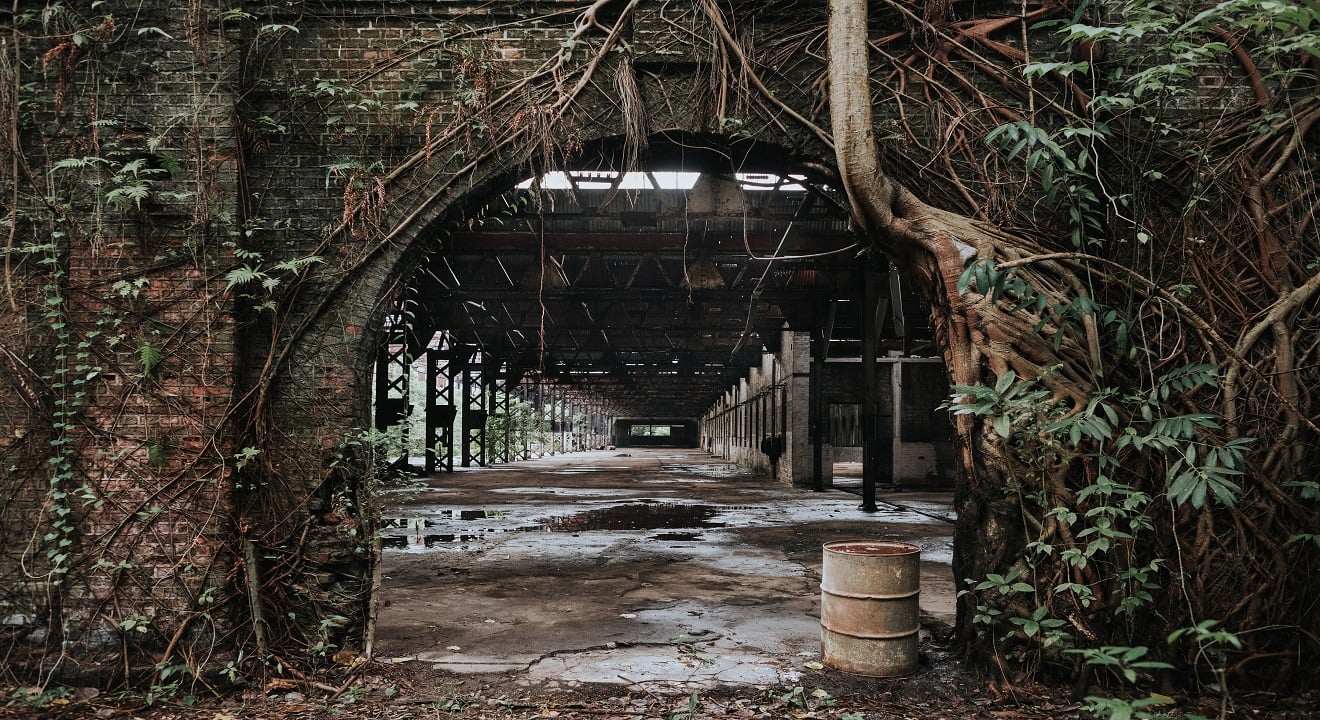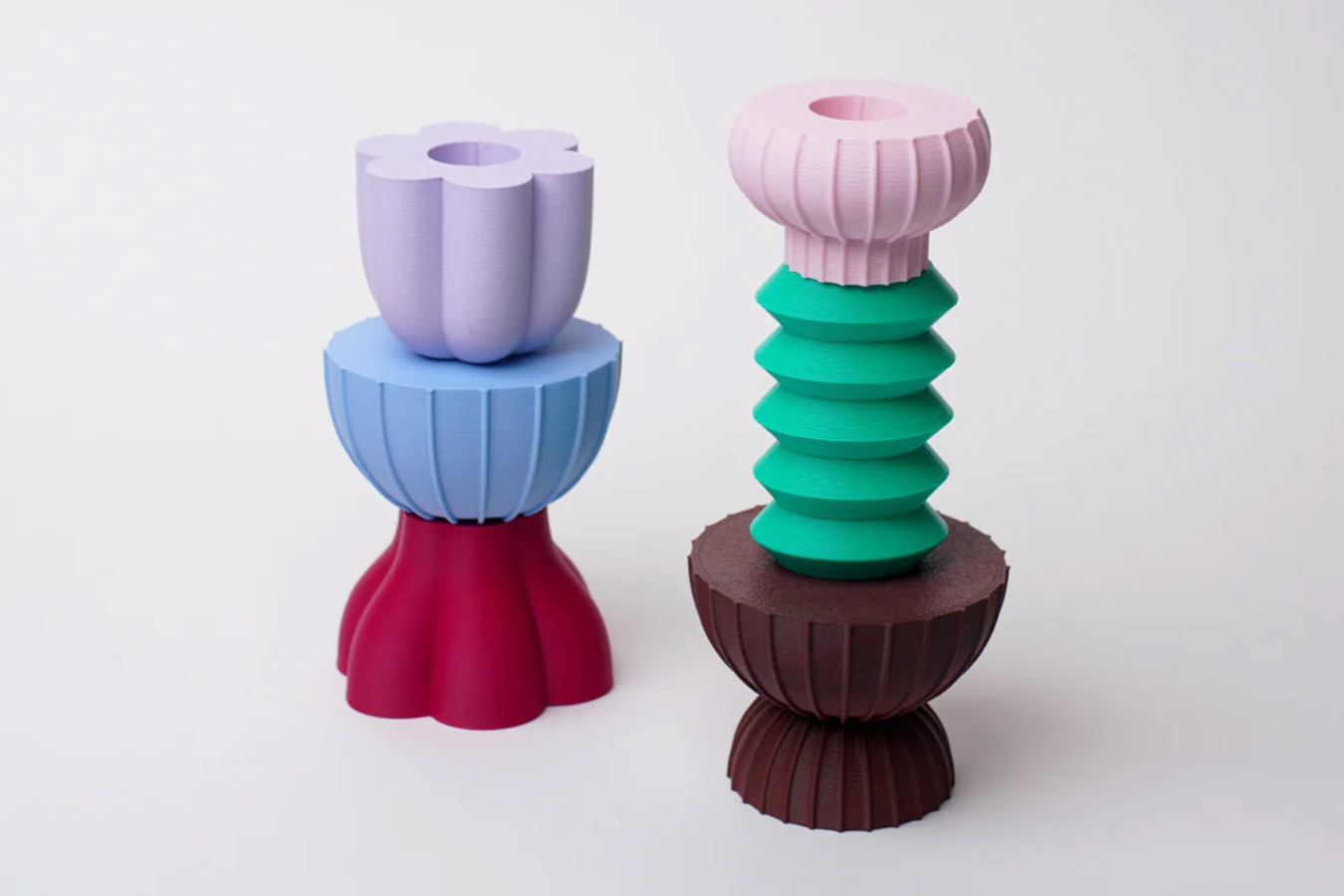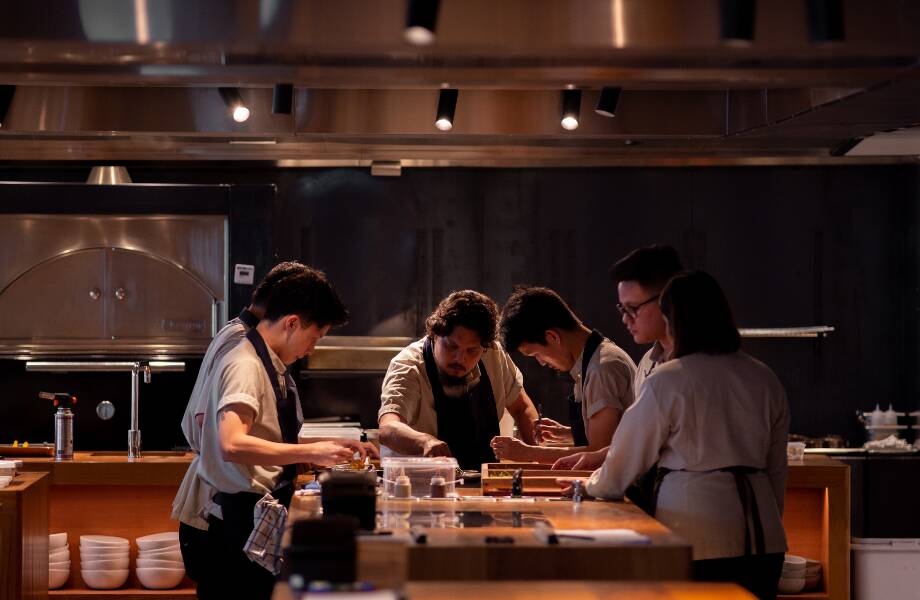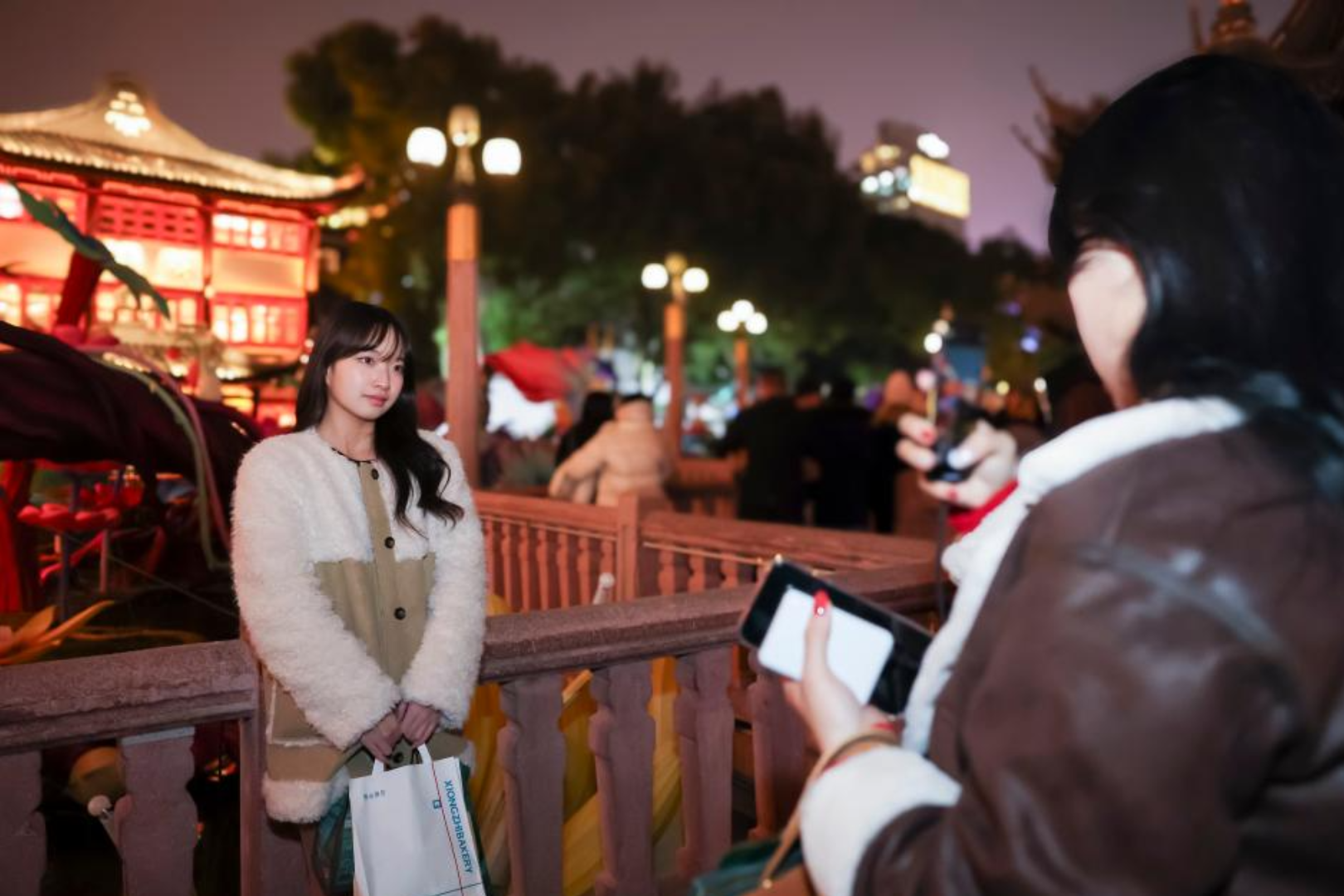In a quiet part of Kuala Lumpur’s Sentul, a suburb within the northeast part of the Kuala Lumpur city center, sits an old railway depot that has found a new purpose.
Sentul Depot used to be one of the busiest railway engineering complexes in Southeast Asia. Built in the early 1900s under the Federated Malay States Railways (FMSR), it provided jobs for more than 5,000 workers at its peak.
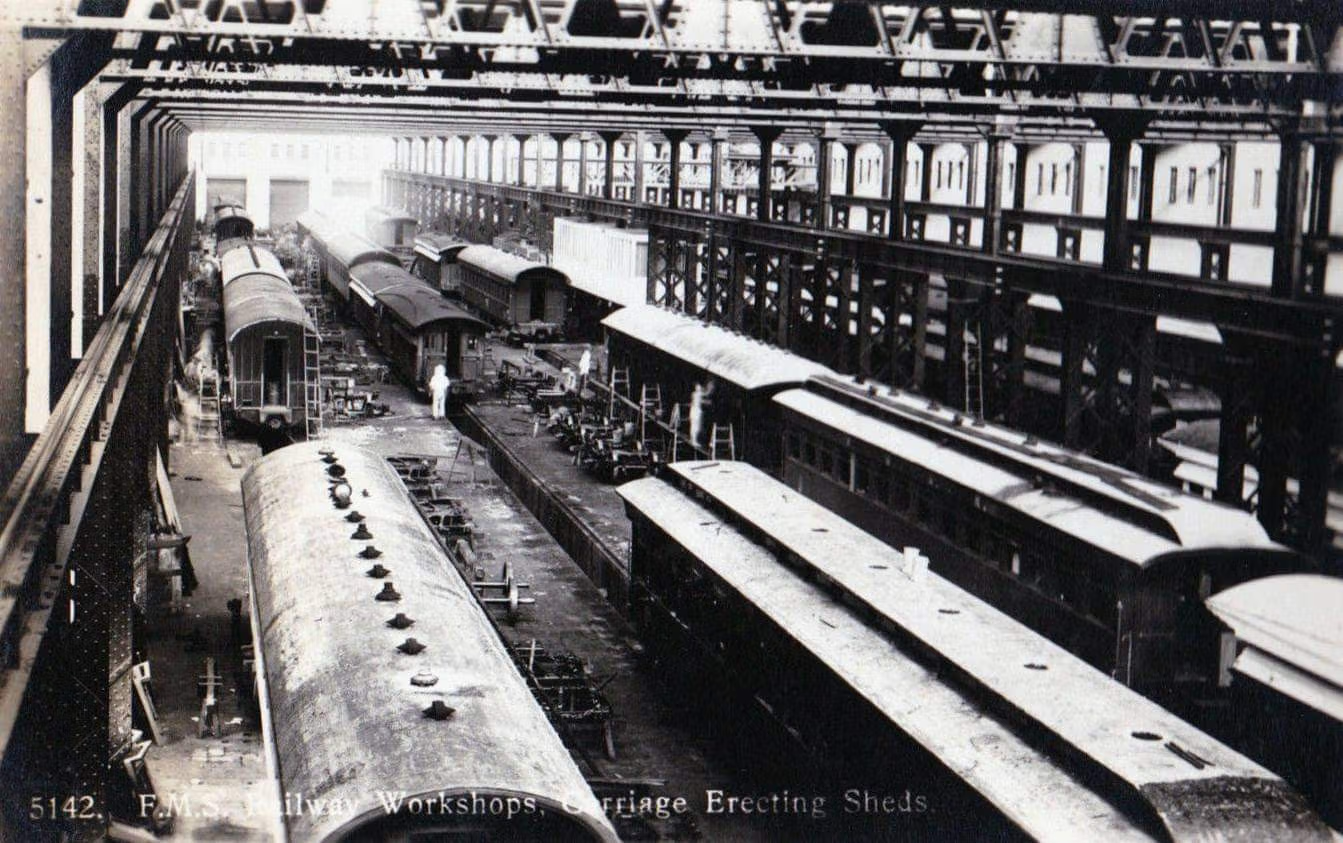
The site handled everything from assembling locomotives to repairing carriages. For decades, it played a key role in powering British Malaya’s transport system—moving tin, rubber, and people across the peninsula.
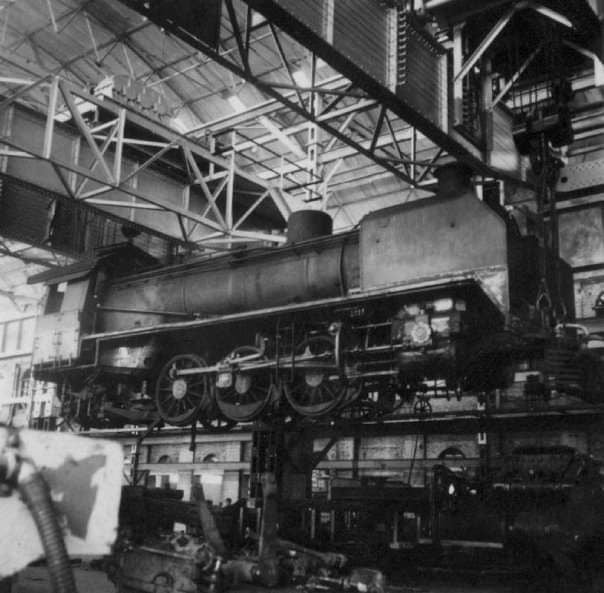
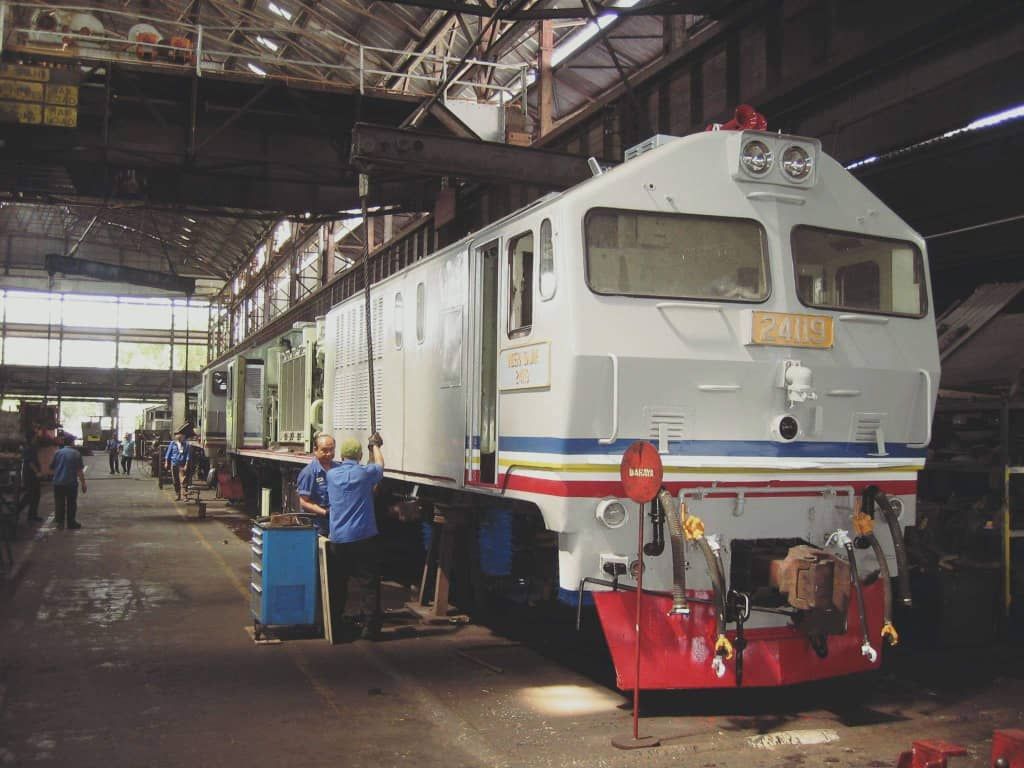
Changing of Times
Today, the sounds of clanking metal, the hustle of hardy handymen, and of course, the trains themselves are gone. In their place: weekend markets, fashion shows, wedding setups, art exhibitions, and everything in between. Since being restored by Malaysian-Chinese conglomerate YTL Corporation, Sentul Depot has become one of the city’s most unique event spaces—one that blends its industrial past with contemporary creative energy.
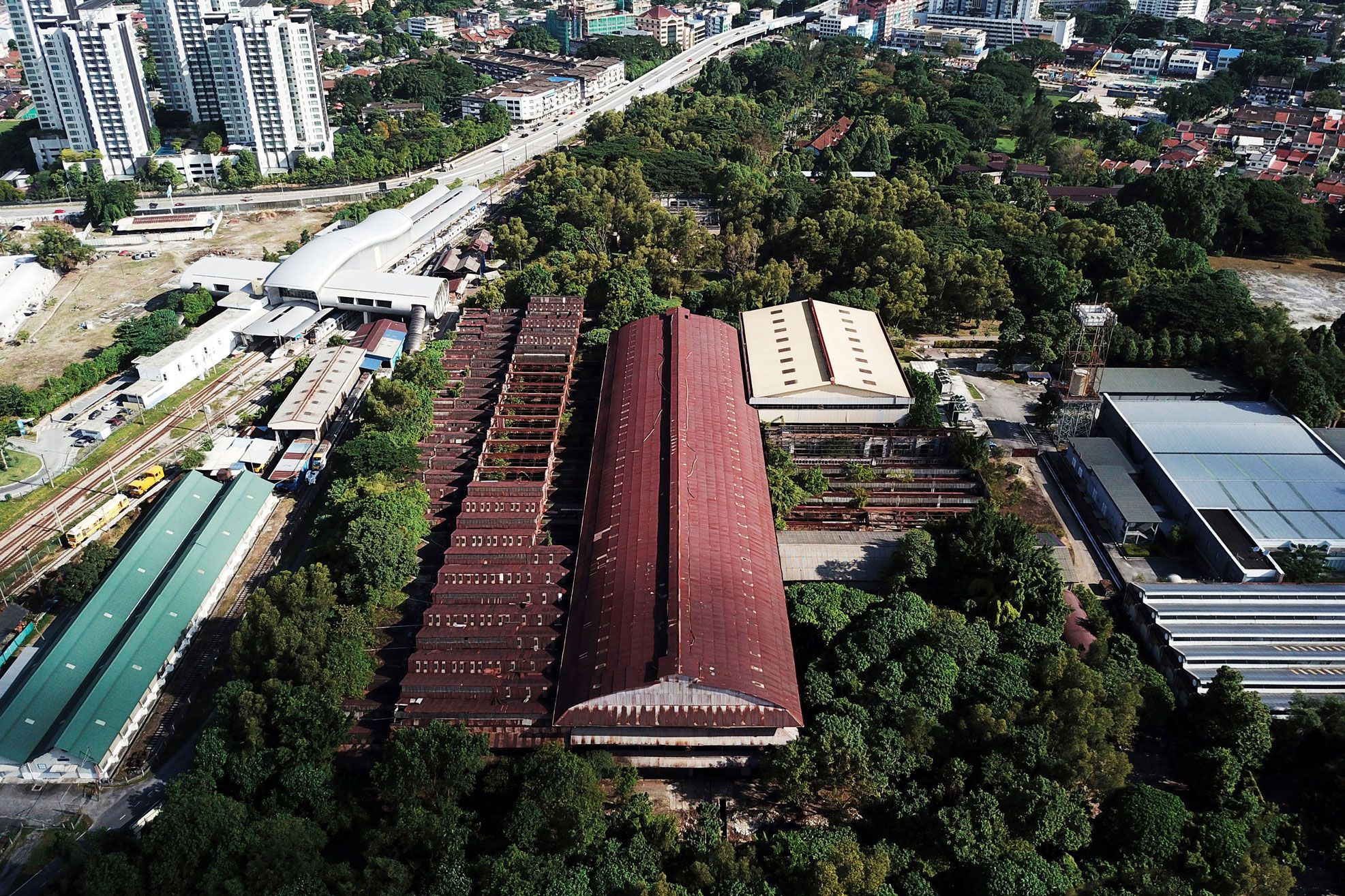

At present, the depot is made up of multiple warehouse-style buildings. Many of them have been left largely untouched, with exposed brick walls, steel rafters, and even old rail tracks still visible. For all intents and purposes, it’s not a polished restoration. The space feels raw by design, even a little worn—but in a way that adds character. There’s a sense that the past hasn’t been scrubbed away, just slightly assimilated into the present.
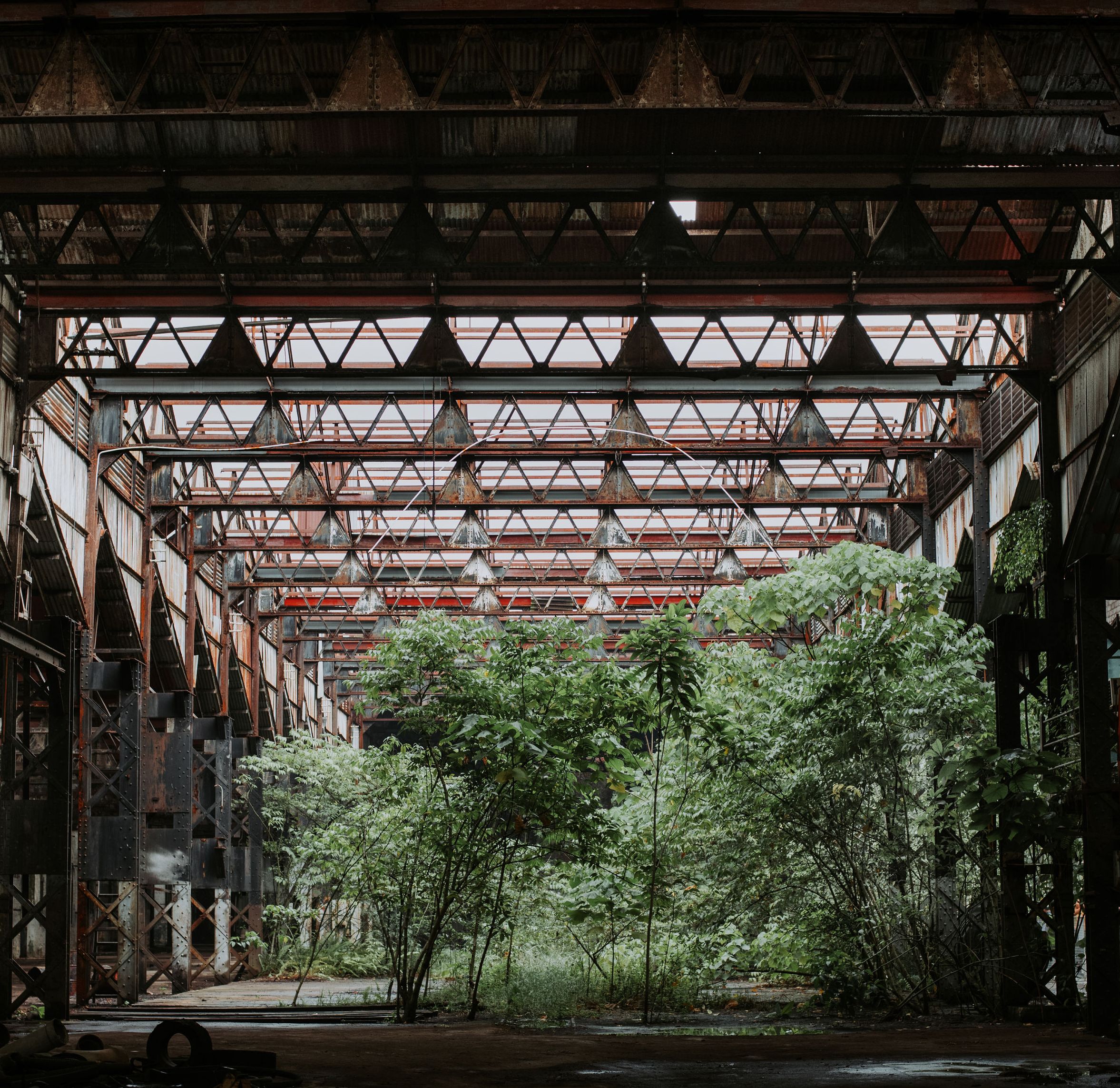
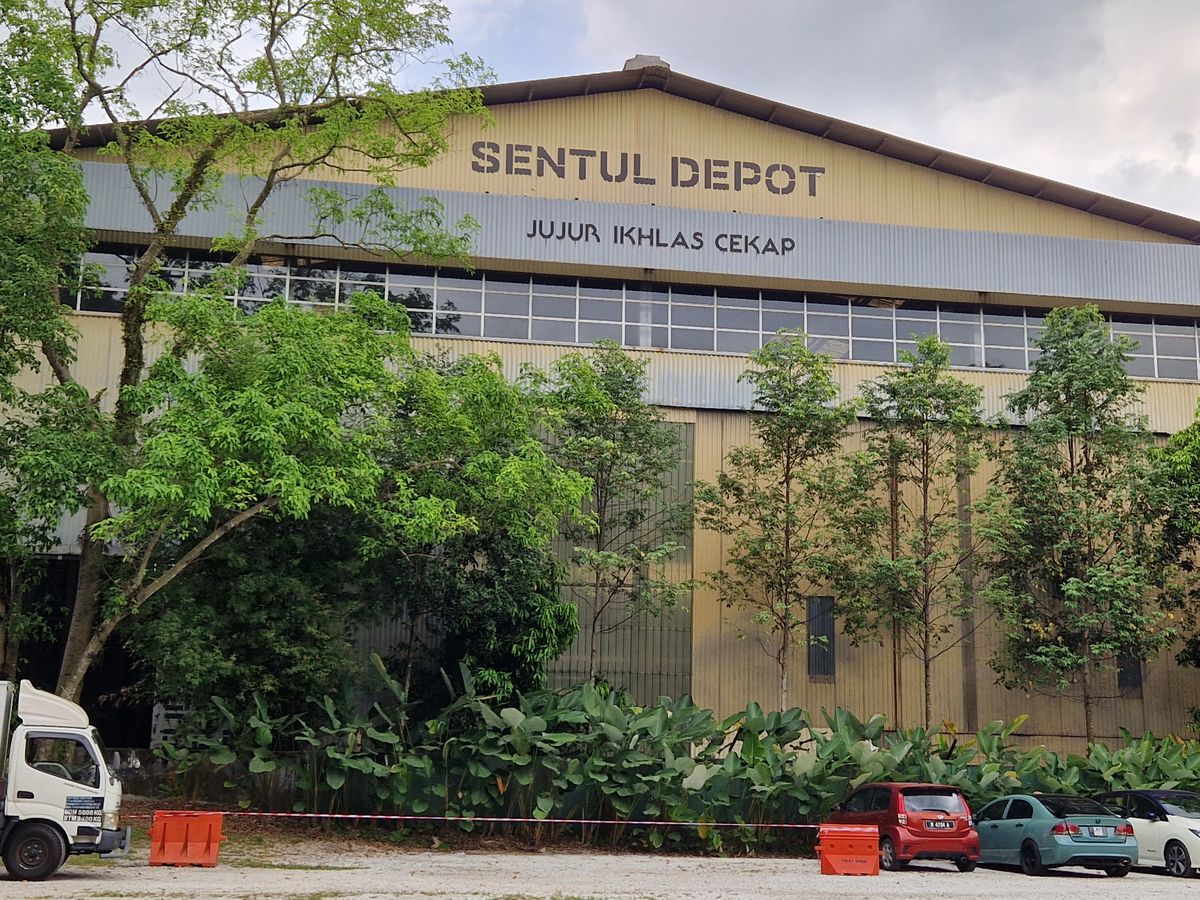
That’s part of what makes the depot so appealing. Events covering different industries and cultures have been held here, from luxury car launches and flagship phone releases to food bazaars and fashion shows. It’s a space that organizers, global brands, and indie labels return to again and again—not just for its visual impact, but because it feels different from anywhere else in the city.
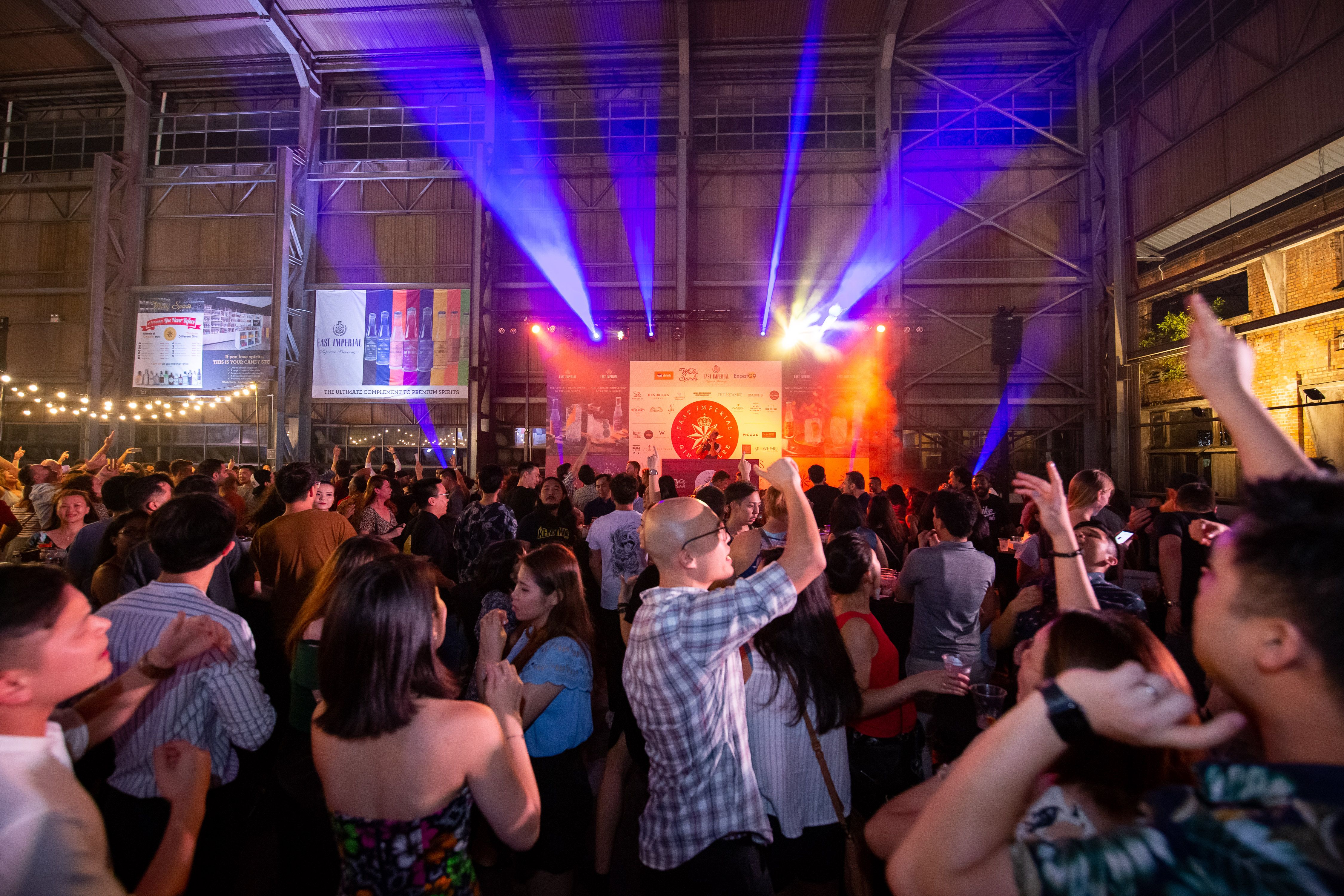
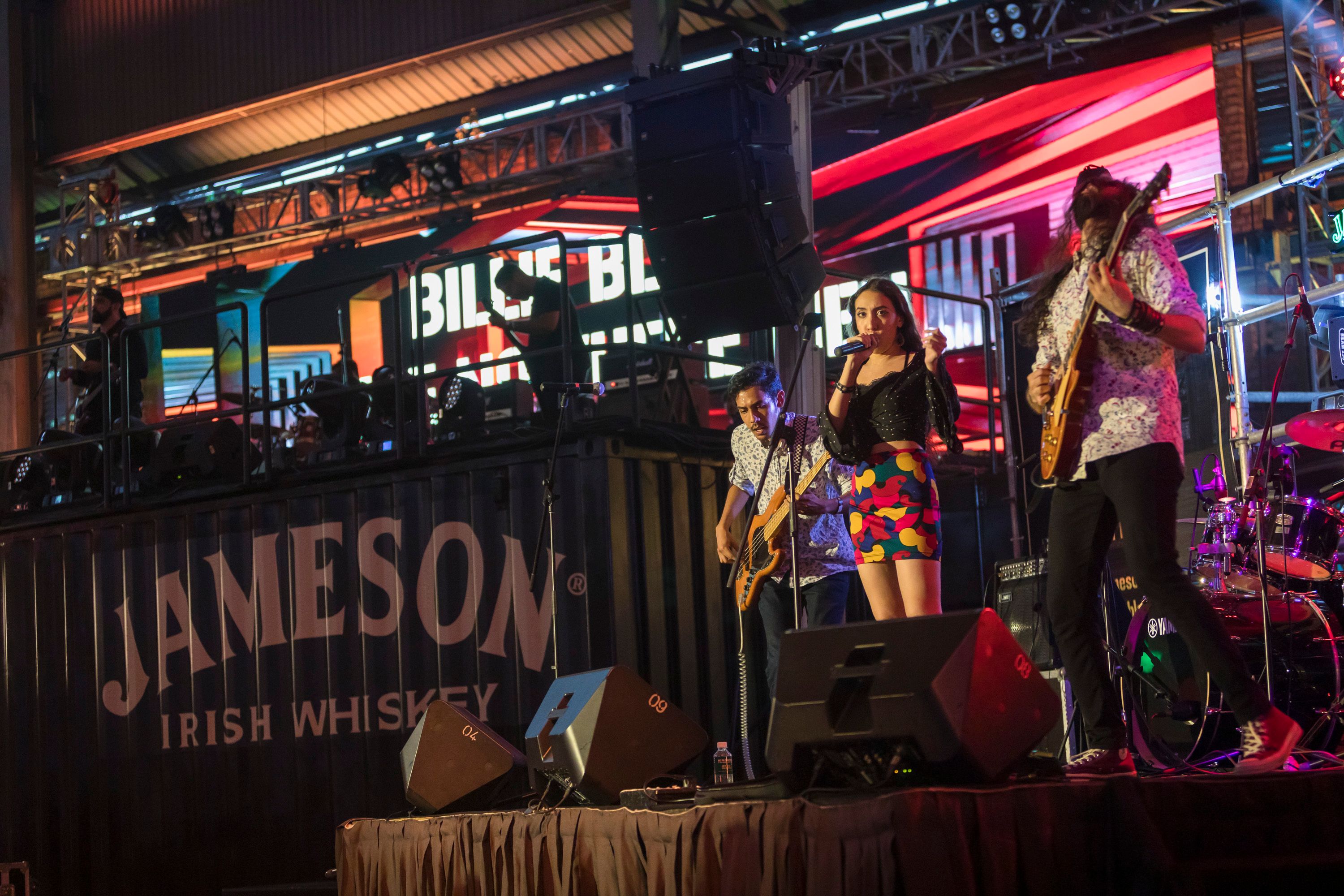
A Project Honoring the Past for the Present
The depot’s revival is also tied to a larger story about urban development in KL. YTL owns many parts of Sentul, and the company’s projects span condos and more. However, unlike many redevelopment projects that start by tearing down the old, this one kept the most historic structure and gave it a new role.
That decision speaks to the company’s interest in heritage-led development. YTL has restored other landmarks too, including The Majestic Hotel in downtown KL and Eastern & Oriental Hotel in Penang. But Sentul Depot is different. It’s not luxury. It’s not high-end hospitality. It’s a space that invites the public in.
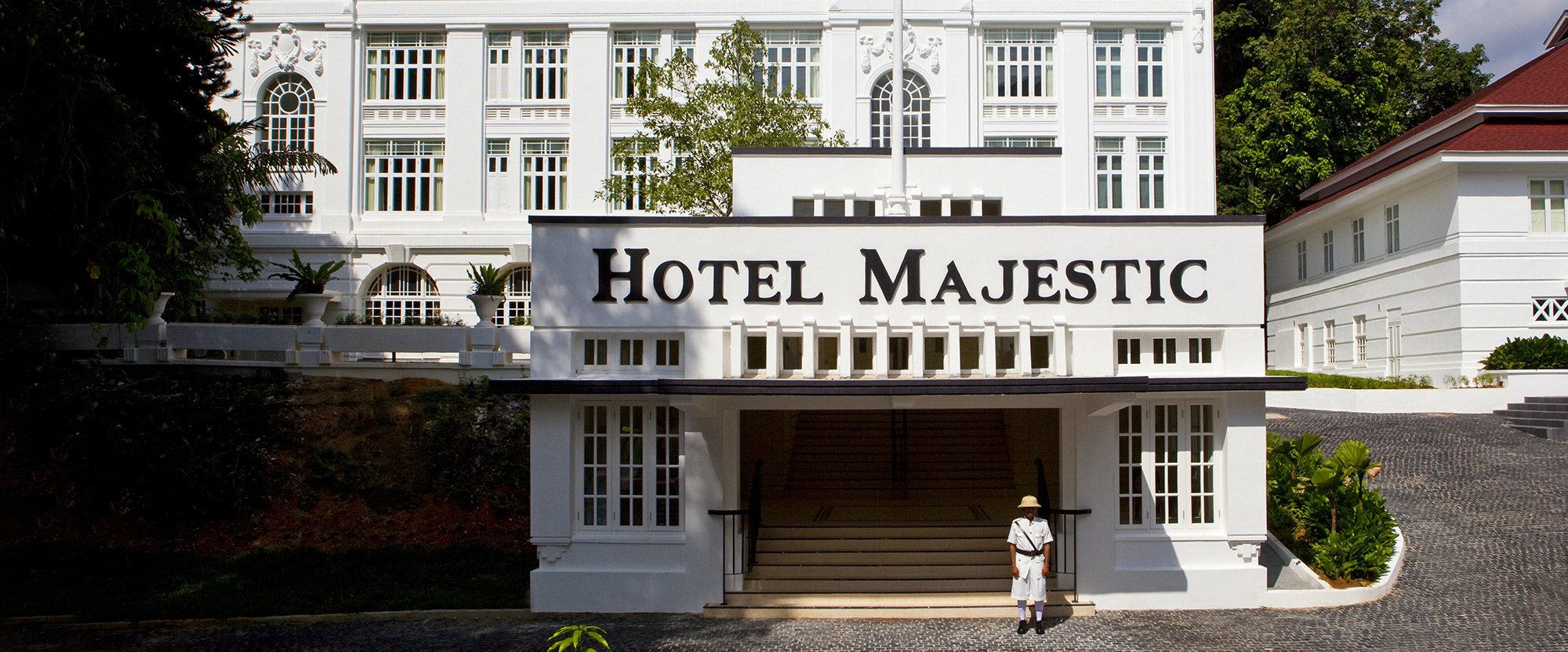
The location also holds meaning for Malaysia’s working-class past. Many of the depot’s original workers were Indian and Chinese laborers. Their stories often go untold, but their efforts helped build the country’s early infrastructure. By keeping the depot standing—and giving it a new function—there’s at least a small tribute to that legacy.
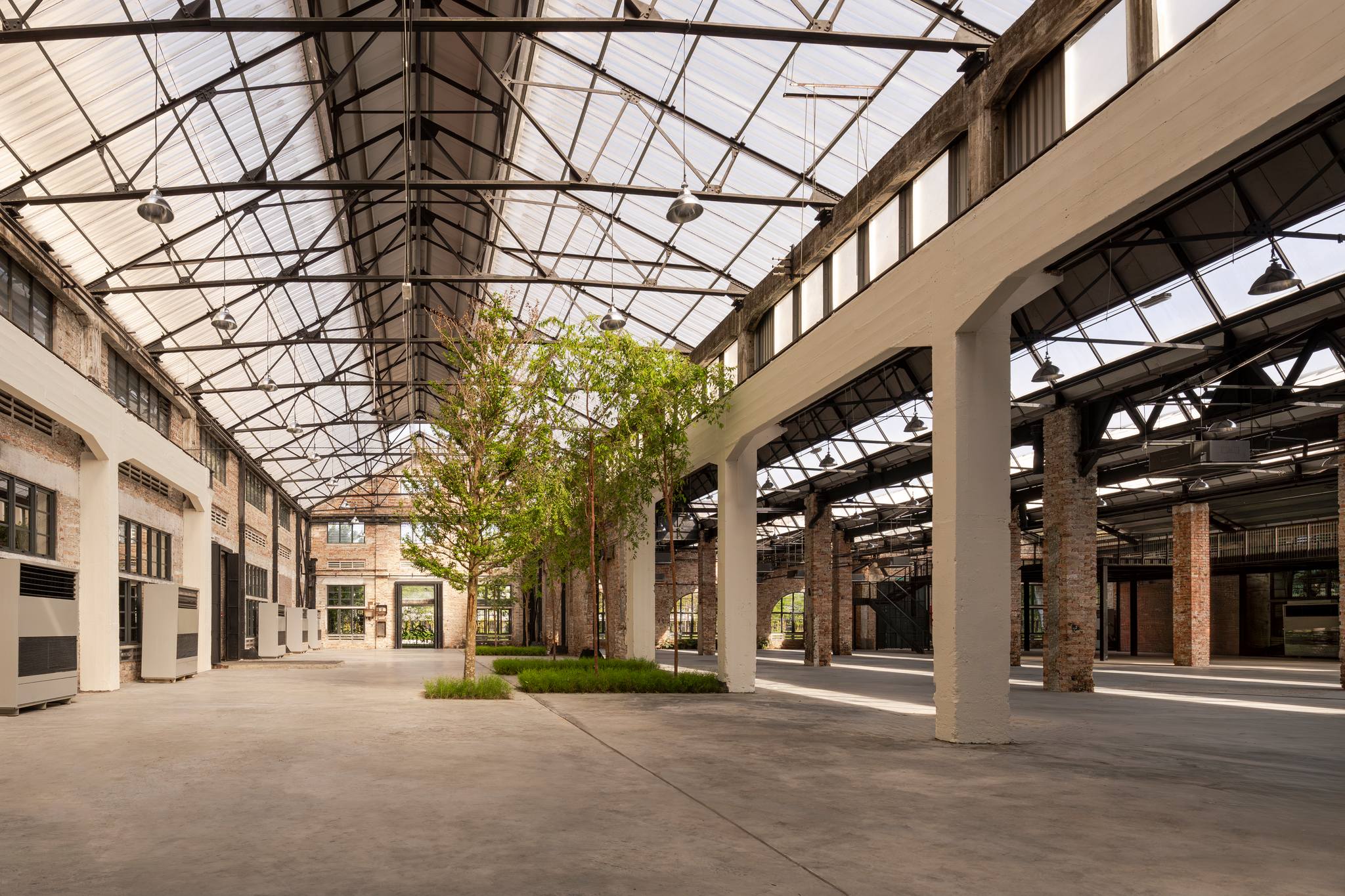
Of course, there are ongoing conversations about gentrification. Sentul has long been a low- to middle-income area, home to multiracial communities and age-old businesses that haven’t always benefited from development around them. A similar dialogue can surface for the many old neighborhoods of KL, including the world-famous Petaling Street, which is undergoing a facelift of modernity involving trendy F&B joints and hole-in-the-wall watering holes.
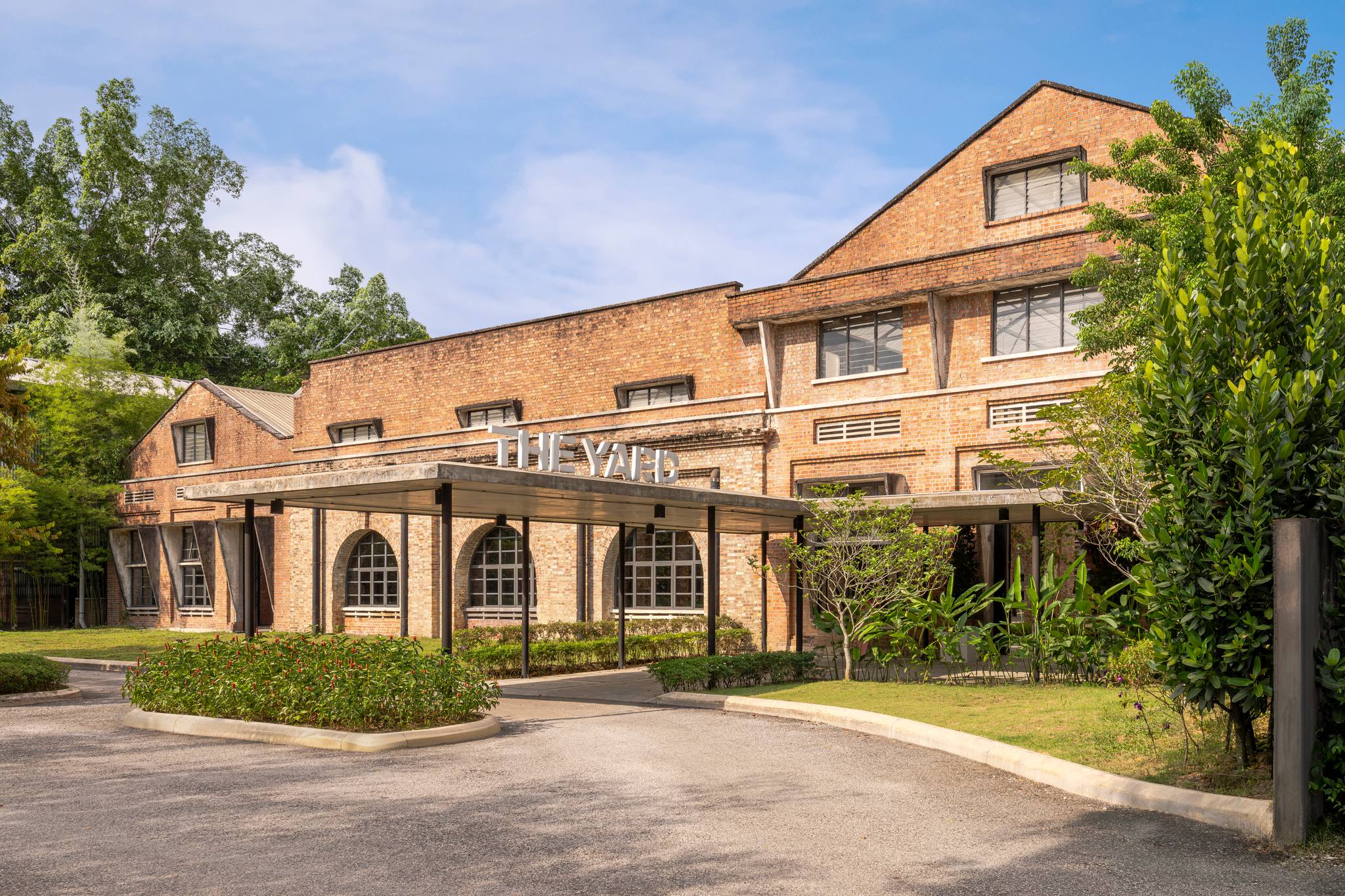
Whether the depot’s revival will bring long-term value to local residents is still unclear, and time will hold YTL accountable for its grand dreams of expansion and development. For now, it exists as a public-facing space that remains open to experimentation and community use.
Looking for an all-in-one travel pass? Go Kuala Lumpur sightseeing and visit its popular attractions with this incredible Klook Pass Kuala Lumpur!
Cover image via YTL Land.

